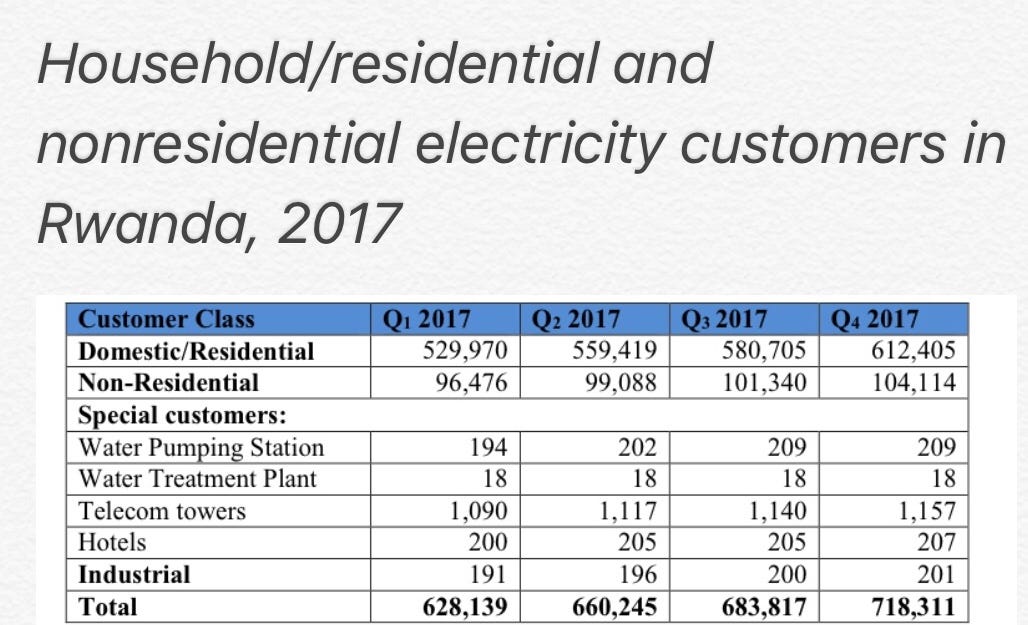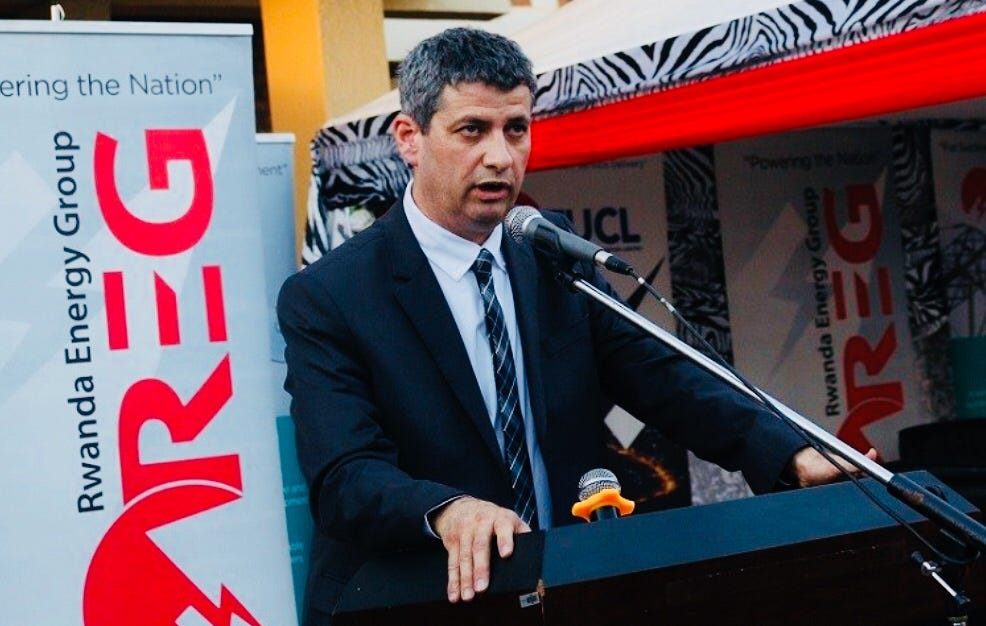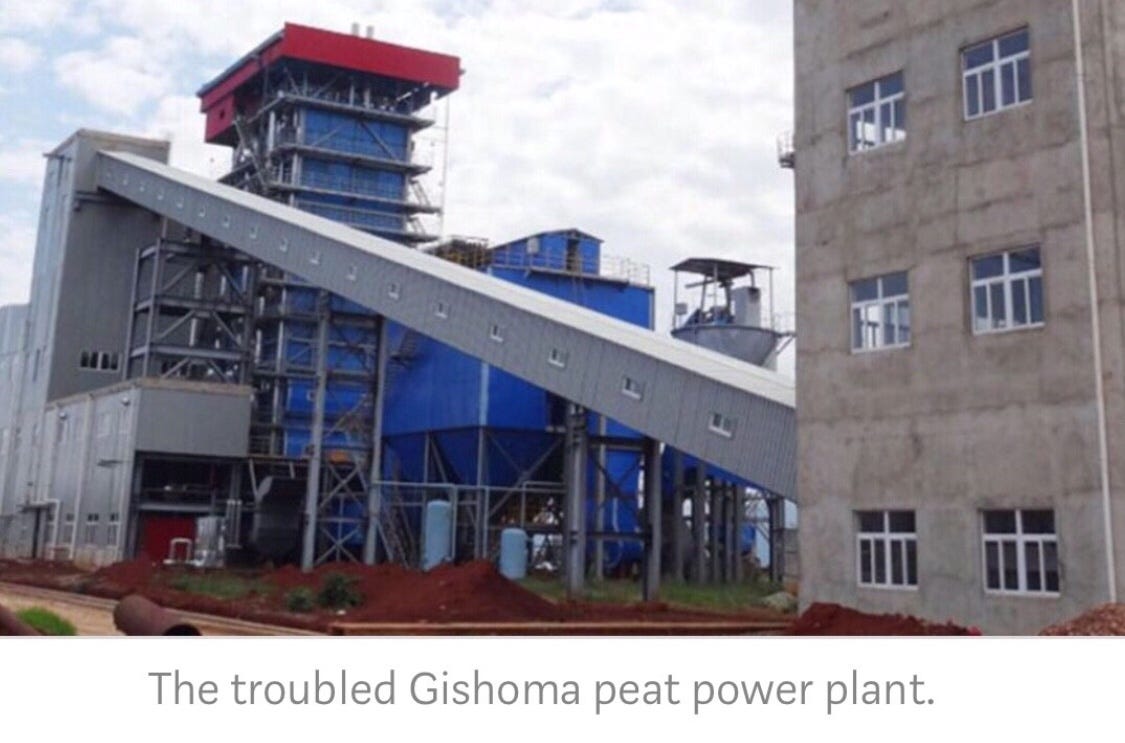By David Himbara
In his 2016 Rural Electrification Strategy, President Paul Kagame and his then right-hand man, infrastructure minister James Musoni, sought to reach two astonishing milestones. By 2018, 70 percent of Rwandans would have access to electricity. Then, all Rwandans would have access to electricity by 2020. The context and objectives of the electrification strategy were stated as follows:
”The Government of Rwanda recognises the vital role that electricity access plays in accelerating economic development through improving health and standards of living. Energy and particularly access to electricity is the Government’s key priority. This is why significant investments have been made and progress registered led to over 24% of households getting access to electricity. More efforts need to be made for the Government to achieve the set targets of 70% by 2017/18 and 100% by 2020.”
Perhaps the term ”astonishing” does not capture the irrationality of contemplating a leap from 24 percent to 70 percent electricity access rate in two years and to 100 percent in four years. Utterly ”bewildering” might be more fitting. Be that as it may, 2018 is winding down. Kagame’s target of reaching a 70 percent electricity access rate is due for analysis.
To review the results, I am relying on energy statistics from Rwandan Utilities Regulatory Authority (RURA). According to RURA, as of December 2017, the total number of electricity customers connected to the national grid was 718,311 — of which 612,405 were households. This is shown in the RURA table immediately below.

Meanwhile, the number of households with access to off-grid power stood at 162,154 by the end of 2017. That brings the total number of households connected to on-grid and off-grid electricity to 774,559. This means, therefore, that 32 percent of Rwandan households have electricity. This also indicates that the increase of electricity access by the end of 2017 was 8 percent given that electricity access was 24 percent in 2016. The figure of 32 percent access is based on two sets of data. The first data is the 774,559 households connected to on-grid and off-grid power in December 2017. We then calculate the percentage of the 774,559 households out of the total number of Rwandan households which is 2,424,898.
If non-residential users including businesses and industries are included, electricity customers in Rwanda increase 880,465. Accordingly, electricity access increases to 36 percent.
Kagame’s strategy of increasing electricity access to 70 percent by 2018 was a non-starter.
As noted, Kagame increased household electricity access from 24 percent in 2016 to 32 percent by the end of 2017. That is an 8 percent increase in a year. To achieve his target of 70 percent access by the end of 2018, Kagame would have to increase household connectivity by 38 percent in one year. This will not happen for two related reasons. First, generated and imported power is too meager. Second, the Rwanda Energy Group (REG) that runs the sector is in shambles.

Rwanda has only 216 Megawatts of electricity to meet the needs of 12 Million population. However, REG’s shambolic state leads to considerable energy losses. In the 2017 report of the auditor general, REG was shown to suffer from persistent power losses of up to 21 percent. The auditor general elaborated:
“This is similar to the 21.18% power losses reported in previous annual report. Therefore, EUCL continues to experience revenue leakages arising from technical problems, unbilled electricity and electricity theft…
The Country continues to face a problem of expensive power from Thermal power plants and yet majority of Hydro power plants are operating below installed capacity. Out of the existing 33 power plants at 30 June 2016, only 6 power plants were operating at more than 50% of their installed capacity.”
In other words, Rwanda’s 216 Megawatts are only on paper. This tiny amount of power drops to 171 Megawatts due to the losses of 21 percent.

The auditor general further illustrated REG’s dysfunction with the US$47 Billion Gishoma Peat Power Plant completed in 2017. This 15 Megawatts power plant failed to produce electricity after four months of operations. The local supply of peat turned out to be low quality. Prior to this disaster, poor design in water flow had resulted in US$8 Million unexpected expenses — for a total loss of US$55 Million.
REG’s dysfunction appeared to overwhelm Ron Weiss, an Israeli national recruited by Kagame in May 2017 to clean up the mess. As Weiss explained to the media,
”Ever since I started this job, I have faced many challenges including allegations of corruption, financial and technical challenges, which are hampering our efforts to improve the quality of service delivery.”
Kagame knows he cannot achieve the 70 percent access target in 2018 — he is now shifting the goal posts.
On August 10, 2018, the ruling party newspaper, The New Times, reported the government’s new electricity access target for 2018 to be 51 percent, “up from the current 45 percent.” This claim is doubly problematic. First, does this mean the 2016 rural electrification strategy is abandoned? If so, is the target of 100 percent electricity access by 2020 dead, too? Second, the statement contains a big lie, namely, that the current electricity access is 45 percent. RURA data shows that 774,559 households are connected to electricity. Rwanda has 2,424,898 households. This equation gives us 32 percent household access rate. If businesses and industries are included, electricity customers in Rwanda increase 880,465. Accordingly, electricity access increases to 36 percent.
Why did Kagame announce a grand plan that was doomed to fail?
Explaining why Kagame announced an over-the-top ”strategy” with zero chance to succeed begins with his leadership style. ”Thinking big” is his trademark. He publicly proclaims that he thinks ”big”. This is the persistent message in his speeches. Here is an example:
”We chose to think big…When we created Rwanda’s Vision 2020 and committed to meeting our development goals — we were thinking big. When we decided to make Rwanda attractive for business — we were thinking big. When we invested in a broadband network that reaches all our 30 districts — we were thinking big.
”We refused to be small. We are not small…I am asking you to make one clear choice… being big is where we belong.”
It is one thing to ”think big” but quite another to commit to a strategy, raise human and material resources, and relentlessly implement it to completion and results. Delusional grandeur rarely delivers — as consistently illustrated by Kagame’s other grand plans, not least his Vision 2020 fiasco. In 2000, Kagame pronounced he would transform Rwanda into a middle-income state by 2020. On realizing this won’t happen, he quietly changed the goal posts — Rwanda will exit from the low-income status in 2035. Don’t expect Kagame to acknowledge the Vision 2020 debacle. We learned about this from the International Monetary Fund (IMF) in January 2018. Rwandan authorities, according to the IMF, ”are crafting a revised medium-term development strategy with the goal of achieving middle-income status by 2035.”



